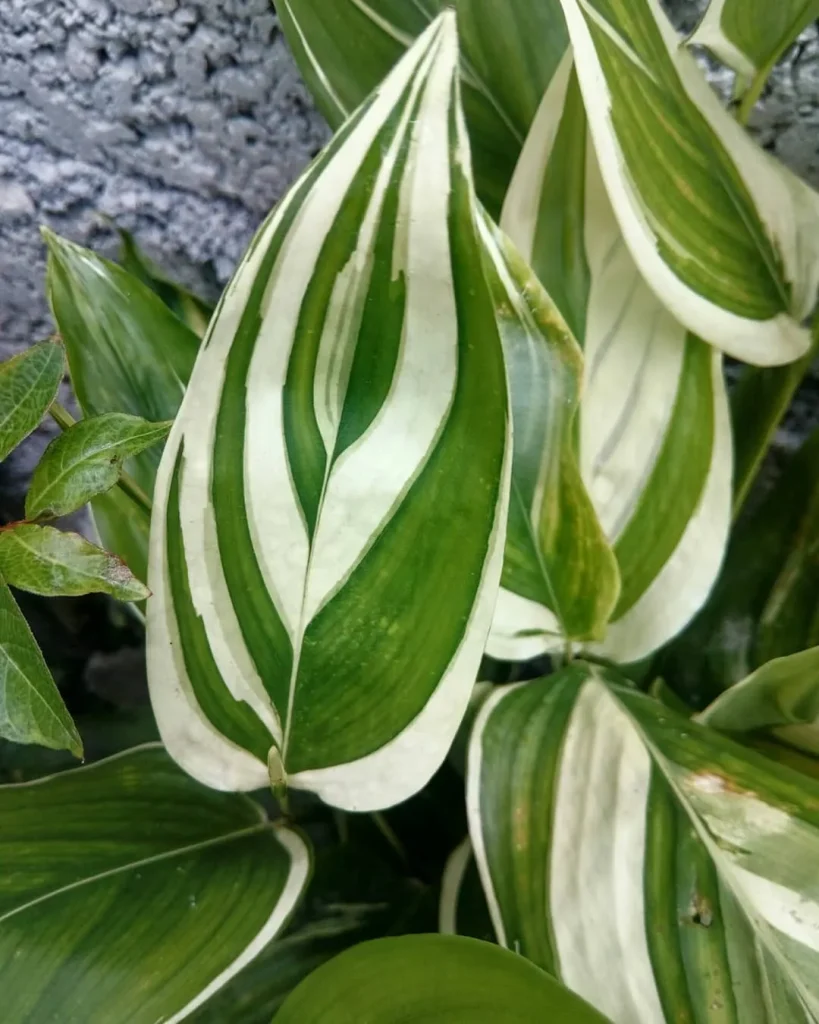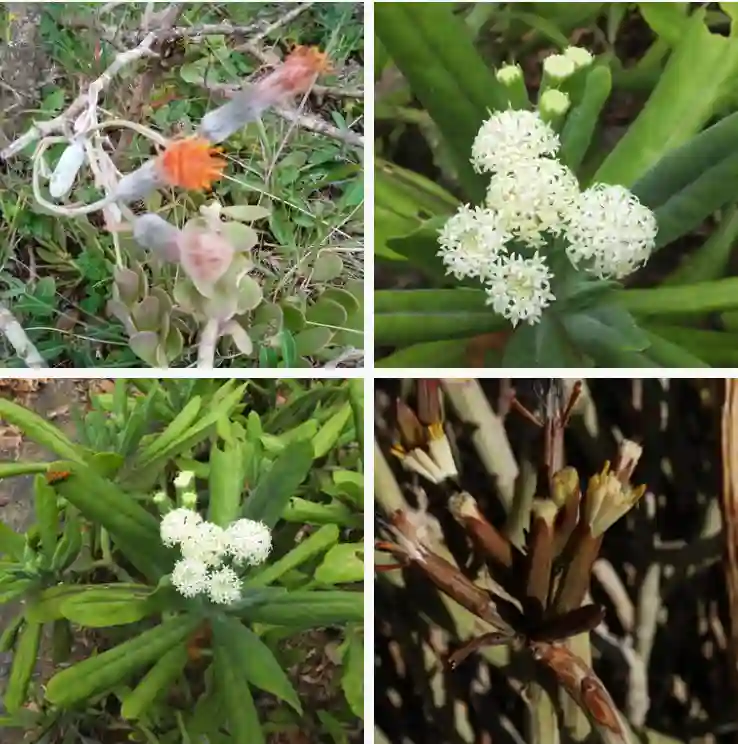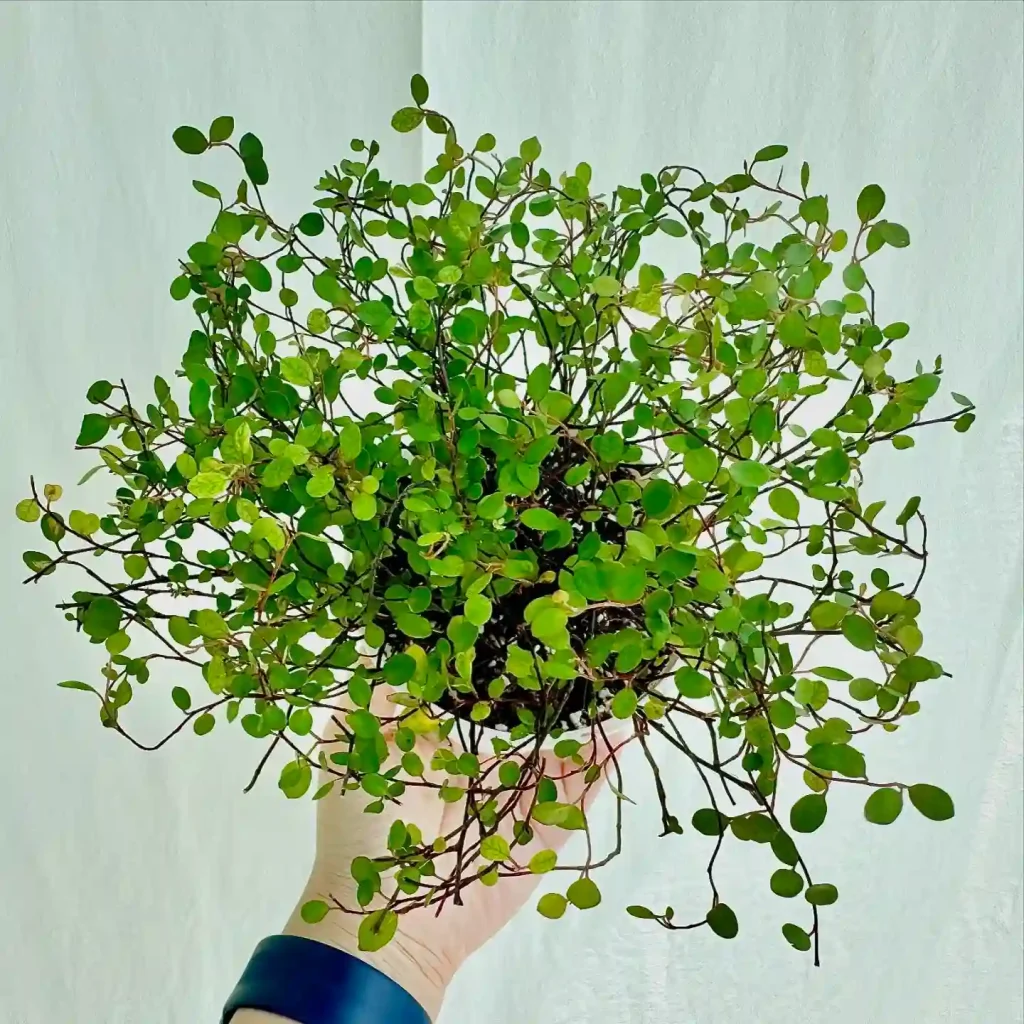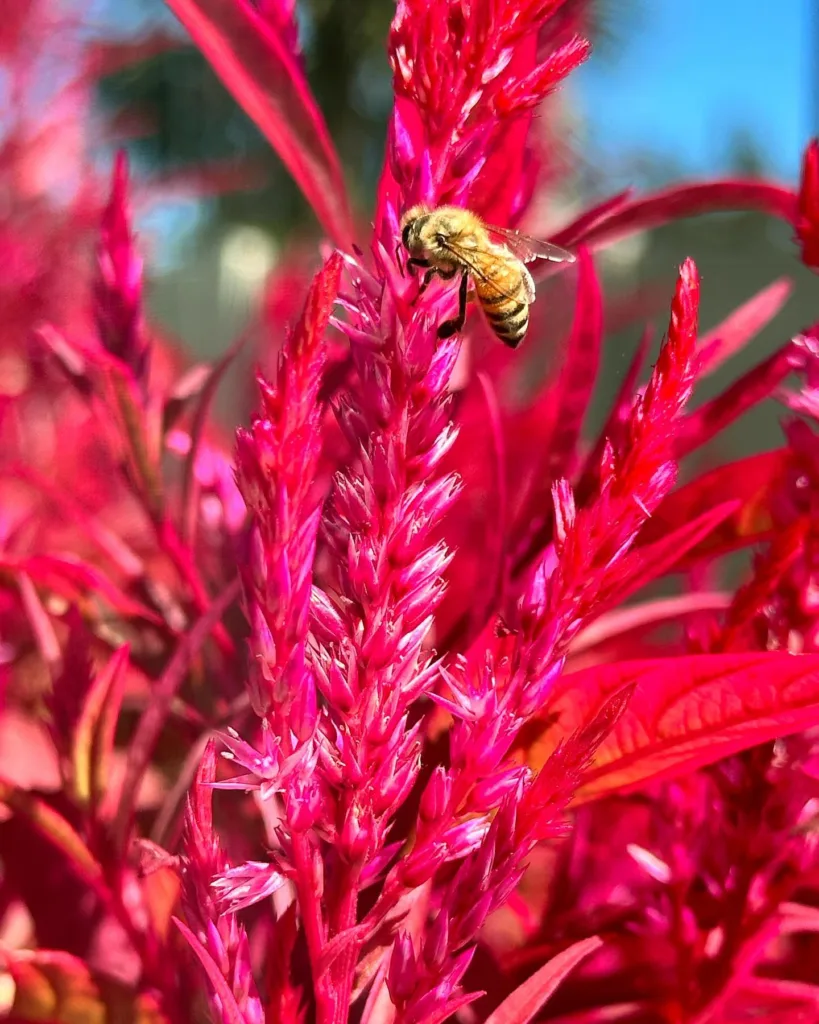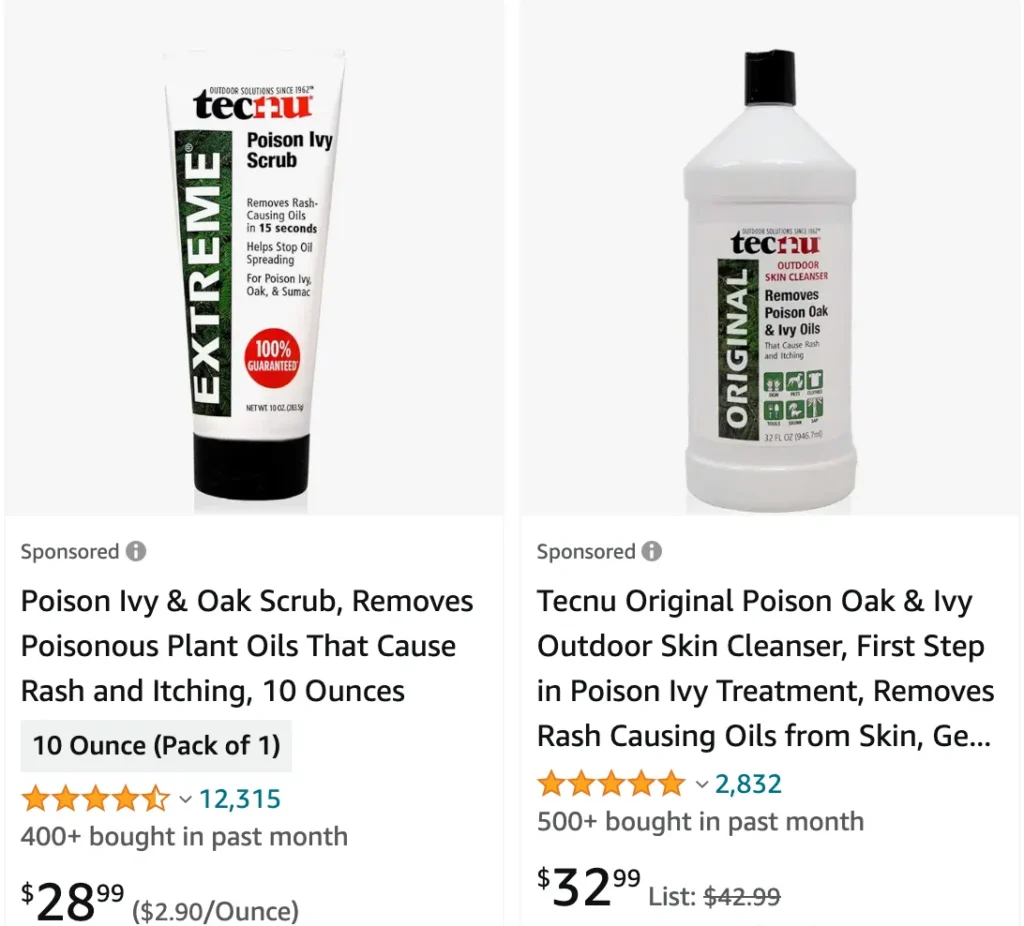
Poison Ivy: An Itchy Enemy – Frequently Asked Questions
Hi there, Ferb Vu here. As a botanist with a passion for educating folks about the wonders (and dangers) of the plant world, I get a lot of questions about Poison Ivy. This tenacious plant can turn a delightful hike into a week of misery, so let’s clear the air and address some common concerns.
What is Poison Ivy?
Poison Ivy is a common and irritating plant native to North America and parts of Asia. It belongs to the genus Toxicodendron, known for its urushiol oil, a potent allergen that triggers an itchy, blistering rash upon contact.
How can I identify Poison Ivy?
The saying “leaves of three, let it be” is a good rule of thumb. Poison Ivy has three pointed leaflets, often with a glossy sheen. The central leaflet is typically larger than the two flanking ones. However, relying solely on this rhyme can be risky. Poison Ivy can exhibit various growth patterns, and some variations might have lobed or even smooth-edged leaves. Here are some additional identification tips:
– Veins: Look for prominent veins that run along the edges of each leaflet.
Color: While often green, Poison Ivy can also have reddish or orange hues, especially in the spring or fall.
– Hairy surprise: Some varieties of Poison Ivy have sparse, hair-like projections on the stems and undersides of the leaves.
If you’re unsure, it’s always best to err on the side of caution and avoid contact. There are many excellent online resources and phone apps that offer visual identification guides for Poison Ivy and other common look-alikes.
What’s the difference between Poison Ivy, Poison Oak, and Poison Sumac?
What’s the difference between Poison Ivy, Poison Oak, and Poison Sumac?
These three plants are all culprits in the urushiol oil game. They belong to the same genus and cause similar allergic reactions. Here’s a quick breakdown of their key differences:
– Poison Ivy: The most widespread of the three, with climbing vines, three-part leaves, and often found in wooded areas.
– Poison Oak: Primarily found in western North America, Poison Oak has lobed leaves that resemble oak leaves (hence the name). It typically grows as a low shrub.
– Poison Sumac: Less common than the others, Poison Sumac has smooth-edged, elongated leaflets arranged in pairs along a central stalk. It’s often found in swampy areas.
The best course of action? Learn to identify the common features of all three and avoid any plant that triggers your “leaves of three” alarm.
I think I brushed against Poison Ivy. What should I do?
Time is of the essence! The urushiol oil can remain active on surfaces (including clothes, tools, and even pet fur) for days or even weeks. Here’s what to do if you suspect contact:
1. Wash immediately: Thoroughly scrub the affected area with copious amounts of cool running water and soap for at least 15 minutes. This can significantly reduce the amount of urushiol oil on your skin and potentially lessen the severity of the reaction.
2. Remove contaminated clothing: Take off your clothes carefully and wash them separately in hot, soapy water. Don’t forget to wash your shoes and any other potentially exposed items.
3. Resist the itch! Scratching can worsen the rash and increase the risk of infection. Apply cool compresses or calamine lotion to soothe the discomfort.
4. Seek medical attention: If the rash is severe, covers a large area, or blisters become infected, consult a healthcare professional. They can prescribe stronger medication to manage the itching and inflammation.
How long does a Poison Ivy rash last?
The misery of a Poison Ivy rash typically runs its course within 1-3 weeks. However, the severity can vary depending on the amount of urushiol oil exposure and your individual allergic response. Early intervention with proper washing and possibly medication can shorten the duration and intensity of the discomfort.
Is there anything I can do to prevent a Poison Ivy rash?
Absolutely! Here are some proactive measures to keep that itchy enemy at bay:
Learn to identify Poison Ivy: Knowledge is power! Familiarize yourself with the plant’s appearance and avoid any suspicious greenery.
Cover up: When venturing outdoors, wear long pants, long sleeves, and sturdy shoes.
Wash exposed skin: After spending time outdoors, especially in wooded areas, wash your clothes and exposed skin with soap and water.
Consider a barrier cream: Products containing bentoquatam may help inactivate urushiol oil before it triggers a reaction. However, their effectiveness is debated, so discuss this option with your doctor.
Final words from Ferb Vu
Poison Ivy might be a nuisance, but with a little knowledge and caution, you can avoid its wrath and enjoy the wonders of the outdoors. Remember, if you’re ever unsure about a plant, it’s always best to admire it from afar. There are plenty of beautiful, non-itchy plants to appreciate. And hey, if you do end up encountering Poison Ivy, don’t panic! By following the steps outlined above, you can minimize the discomfort and get back to enjoying nature in no time. Now get out there, explore, and stay vigilant! But most importantly, stay itch-free!
If i die, water my plants!
